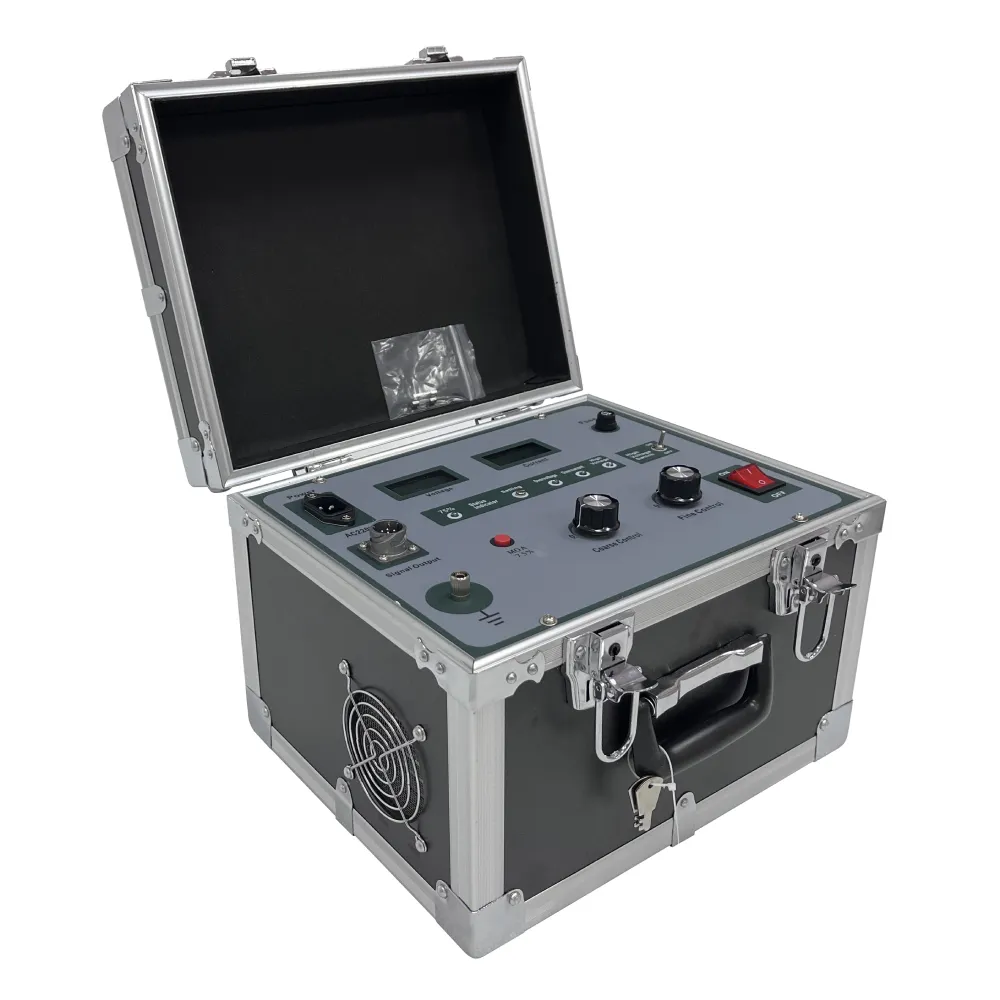 English
English


Testing Methods and Standards for Transformer Oil Quality Assessment
Testing for Transformer Oil Ensuring Reliability and Safety
Transformer oil plays a crucial role in the operation of electrical transformers, serving both as an insulating and cooling medium. Due to its vital functions, the integrity and performance of transformer oil must be regularly assessed through various tests. These tests not only ensure the reliability of the transformer but also guarantee the safety of electrical systems.
Testing for Transformer Oil Ensuring Reliability and Safety
Another important test is the measurement of water content in the oil. Water can significantly diminish the insulating properties of transformer oil, leading to increased risk of failure. The tests commonly used to determine water content include the Karl Fischer titration and capacitance methods, which help identify if the water concentration exceeds acceptable limits.
test for transformer oil

Additionally, the acidity of transformer oil is monitored, as increased acidity can indicate degradation of the oil and the presence of corrosive compounds. Acidic conditions can lead to increased insulation deterioration and affect the performance of the transformer. The Neutralization Number (NN) is a key metric used to assess acidity, and values above established thresholds necessitate further investigation and potential remediation.
Furan analysis is another critical assessment for transformer oil, primarily focused on detecting paper insulation degradation. Furan compounds are byproducts of cellulose breakdown, and their presence can signal premature aging of the transformer insulation. Monitoring furans allows for proactive maintenance actions to extend the transformer's operational life.
Lastly, regular testing for PCB (Polychlorinated Biphenyl) contamination is essential, especially for older transformers. PCBs are toxic and require proper handling and disposal according to environmental regulations.
In conclusion, testing transformer oil is essential for ensuring the consistent operation and safety of electrical transformers. By conducting routine assessments on dielectric strength, water content, acidity, furans, and PCB levels, utilities can better manage their assets, prevent failures, and maintain reliable power delivery systems. Regular testing not only protects equipment but also enhances the overall reliability of electrical networks.
-
Differences between open cup flash point tester and closed cup flash point testerNewsOct.31,2024
-
The Reliable Load Tap ChangerNewsOct.23,2024
-
The Essential Guide to Hipot TestersNewsOct.23,2024
-
The Digital Insulation TesterNewsOct.23,2024
-
The Best Earth Loop Impedance Tester for SaleNewsOct.23,2024
-
Tan Delta Tester--The Essential Tool for Electrical Insulation TestingNewsOct.23,2024





